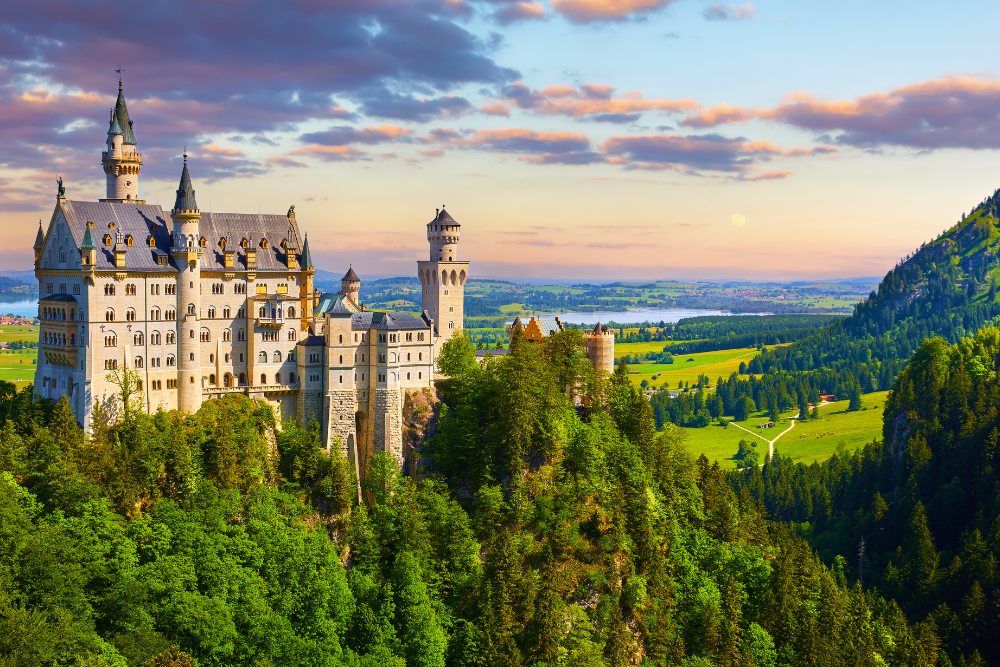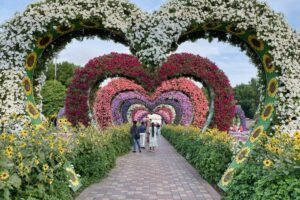Germany, with its rich history and stunning landscapes, is home to some of the most iconic and picturesque castles in Europe. From majestic fortresses perched atop hills to fairy-tale-like palaces nestled in serene forests, these castles are not just architectural marvels but also witnesses to the country’s turbulent past. For history enthusiasts, photography lovers, and travelers alike, Germany’s castles offer a journey into medieval times and beyond. In this blog, we will explore some of the best castles in Germany, each with its own unique charm and historical significance.
1. Neuschwanstein Castle – A Fairy Tale Come to Life
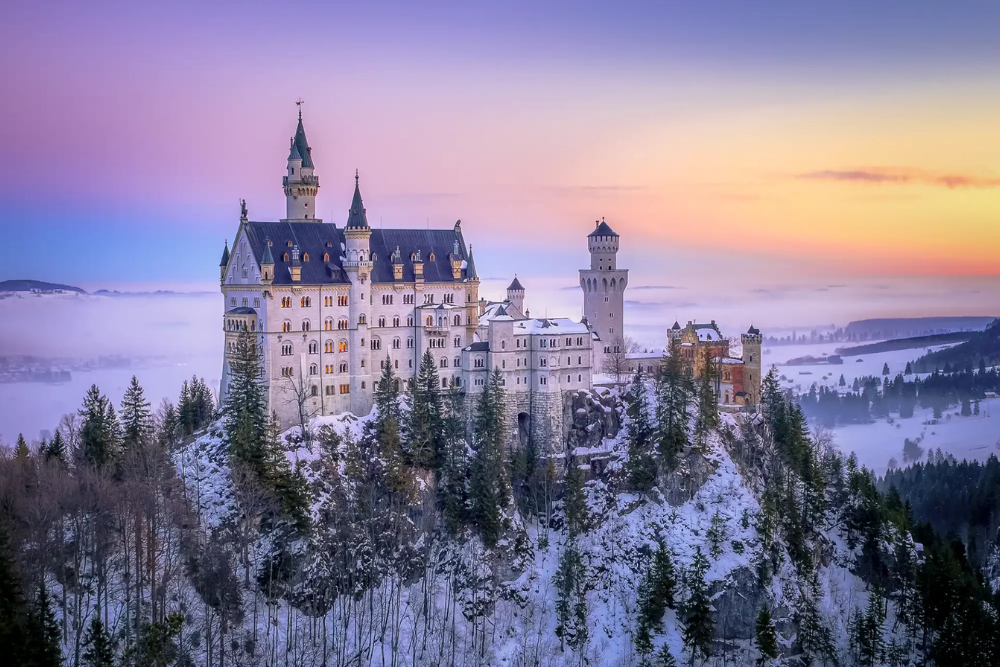
Arguably the most famous castle in Germany, Neuschwanstein Castle is located in Bavaria, near the town of Füssen. Perched on a rugged hill in the Alps, the castle was commissioned by King Ludwig II in the 19th century and inspired by the romantic medieval period. The whimsical, fairy-tale design of Neuschwanstein, complete with turrets, towers, and breathtaking views, makes it one of the most photographed castles in the world.
Neuschwanstein was never completed and remains a symbol of Ludwig’s eccentricity and mysterious reign. Visitors can explore the opulent rooms, including the King’s Bedroom, and enjoy stunning vistas of the surrounding forests and lakes. The castle’s proximity to Hohenschwangau Castle, the childhood home of King Ludwig II, makes it a perfect duo for castle enthusiasts.
2. Hohenzollern Castle – A Majestic Fortress
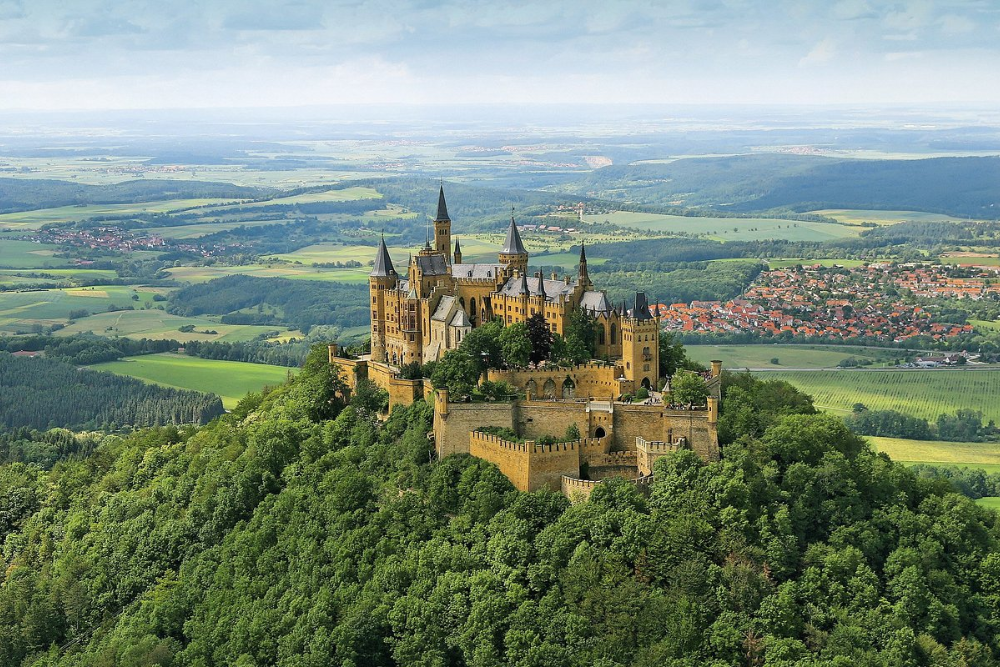
Nestled atop Mount Hohenzollern in Baden-Württemberg, Hohenzollern Castle is a striking example of medieval military architecture. The castle dates back to the 11th century, though it was largely rebuilt in the mid-19th century in a neo-Gothic style. The panoramic views from the castle are simply stunning, offering visitors a glimpse of the Swabian Alps and the surrounding countryside.
Hohenzollern Castle was the ancestral seat of the Hohenzollern family, which later produced German emperors. Visitors can wander through its impressive halls, including the throne room and the royal chapel. The castle’s strategic location and its fortifications make it a fascinating glimpse into Germany’s military history.
3. Heidelberg Castle – A Blend of Romance and History

Heidelberg Castle, perched on the Königstuhl Hill above the city of Heidelberg, is one of Germany’s most beautiful and historically significant castles. The castle’s history dates back to the 13th century, though it underwent significant reconstruction over the centuries. It served as a royal residence for the Electors of the Palatinate until it was partially destroyed by French troops during the Thirty Years’ War in the 17th century.
Today, Heidelberg Castle is a popular tourist destination, with visitors enjoying both its architectural beauty and the stunning views over the city and the Neckar River. The castle features a blend of Renaissance, Gothic, and Baroque elements, with highlights such as the German Pharmacy Museum, the large wine barrel, and the splendid courtyard. The picturesque ruins of the castle, coupled with the enchanting old town of Heidelberg below, create a captivating atmosphere that transports visitors back in time.
4. Eltz Castle – A Hidden Gem in the Forest

Tucked away in the hills of the Moselle Valley, Eltz Castle is one of Germany’s most well-preserved castles, and it offers a unique glimpse into medieval life. Unlike many other castles that were built for defense, Eltz Castle was constructed as a noble residence for the wealthy Eltz family, whose descendants still own it today. The castle’s setting in a forested valley adds to its fairy-tale appeal, with its multi-towered structure rising above the treetops.
Visitors to Eltz Castle can explore its well-preserved interiors, which feature period furnishings, armor, and intricate artwork. The castle’s rich history, spanning over 850 years, is reflected in its architecture and the family’s continued presence. The hike through the forest to reach the castle is an experience in itself, offering scenic views and a sense of adventure.
5. Schloss Drachenburg – A Dreamlike Castle Above the Rhine
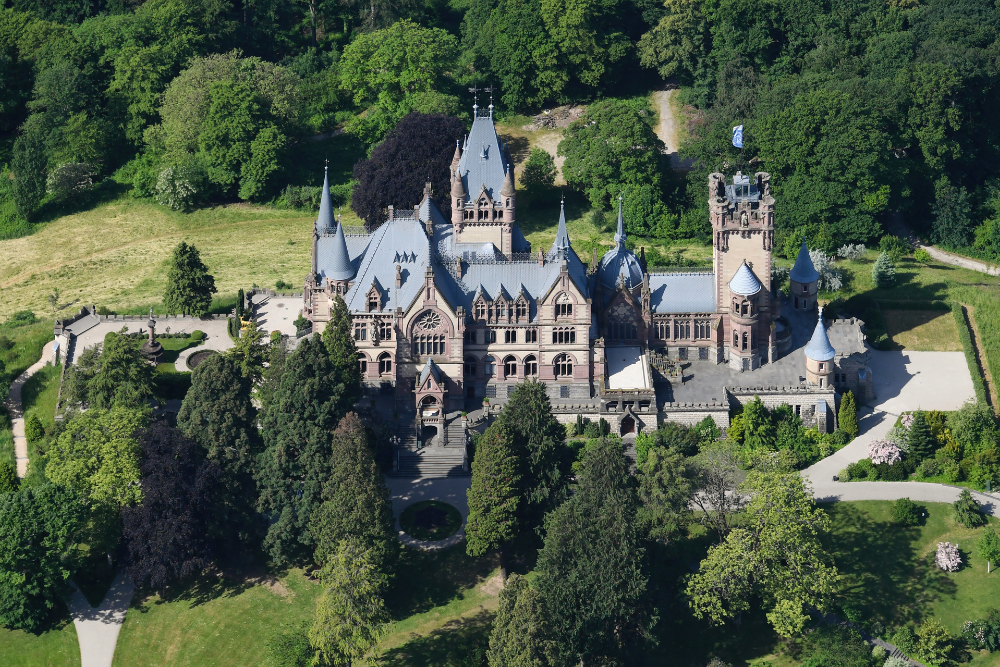
Located on the Drachenfels Hill near the town of Königswinter, Schloss Drachenburg (Drachenburg Castle) is a 19th-century castle that looks like something out of a fantasy novel. The castle was built by a wealthy industrialist and designed to resemble a romanticized medieval fortress. It stands proudly above the Rhine River, offering panoramic views of the river and the surrounding landscapes.
Although Schloss Drachenburg was never intended to be a royal residence, it exudes an air of aristocratic luxury. Visitors can admire the castle’s lavish interiors, including the grand staircase, elegant salons, and magnificent tower. The nearby Drachenfels hill is also home to the legendary “Dragon’s Rock,” a site of local myths and folklore.
6. Burg Hohenwerfen – A Fortress in the Alps
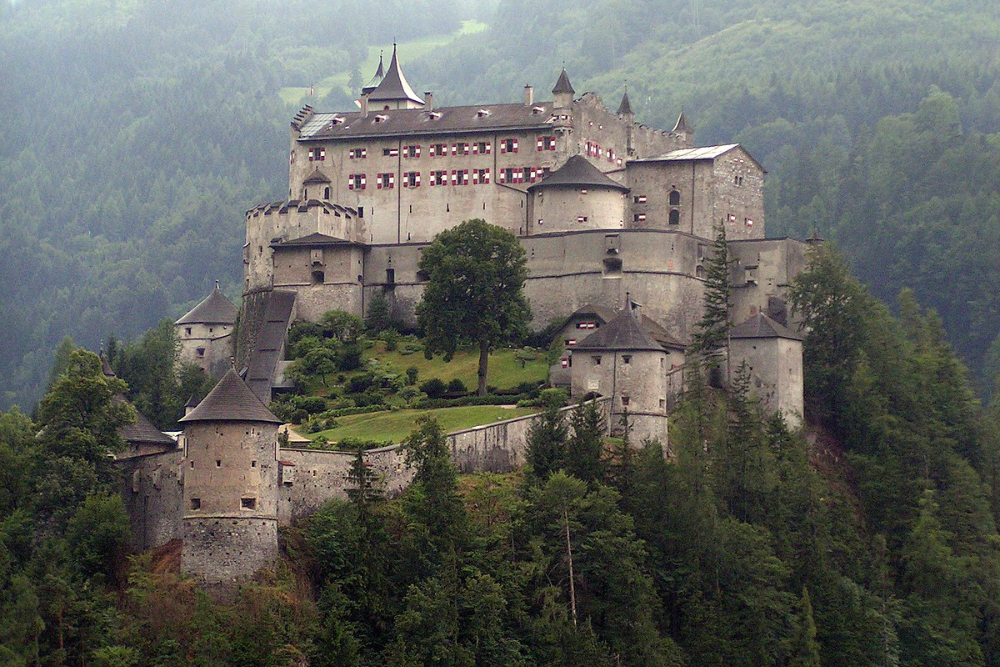
Located in the Salzach Valley in Austria, near the German border, Burg Hohenwerfen is an impressive medieval fortress that was built in the 11th century. The castle, which stands on a dramatic cliff above the river, has been used as a fortress, royal residence, and hunting lodge throughout its history. Its strategic location provides incredible views of the surrounding mountains and valleys.
Visitors to Burg Hohenwerfen can tour the castle’s well-preserved interiors, including its dungeons, the medieval kitchen, and the knight’s hall. The highlight of a visit is the falconry display, where guests can witness birds of prey in action, just as they would have been used in the past for royal hunts.
7. Sanssouci Palace – A Royal Retreat
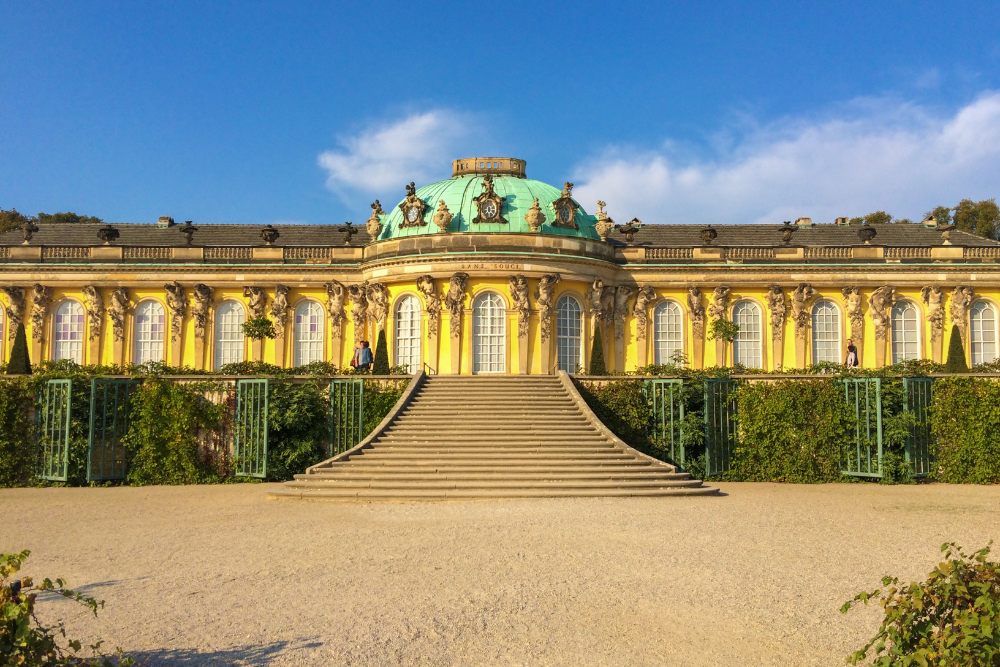
Although not a traditional castle, Sanssouci Palace in Potsdam is one of Germany’s most important historical buildings. Built in the 18th century as a summer residence for Frederick the Great, King of Prussia, Sanssouci is a stunning example of Rococo architecture. The palace is surrounded by beautiful terraced gardens and offers a tranquil escape from the bustling city of Berlin.
The palace itself is a masterpiece, with opulent rooms and frescoed ceilings. Visitors can explore the charming gardens, which are adorned with fountains, sculptures, and flowerbeds. Sanssouci is not just a place of beauty; it also reflects the enlightened spirit of Frederick the Great, who was known for his patronage of the arts and philosophy.
Conclusion
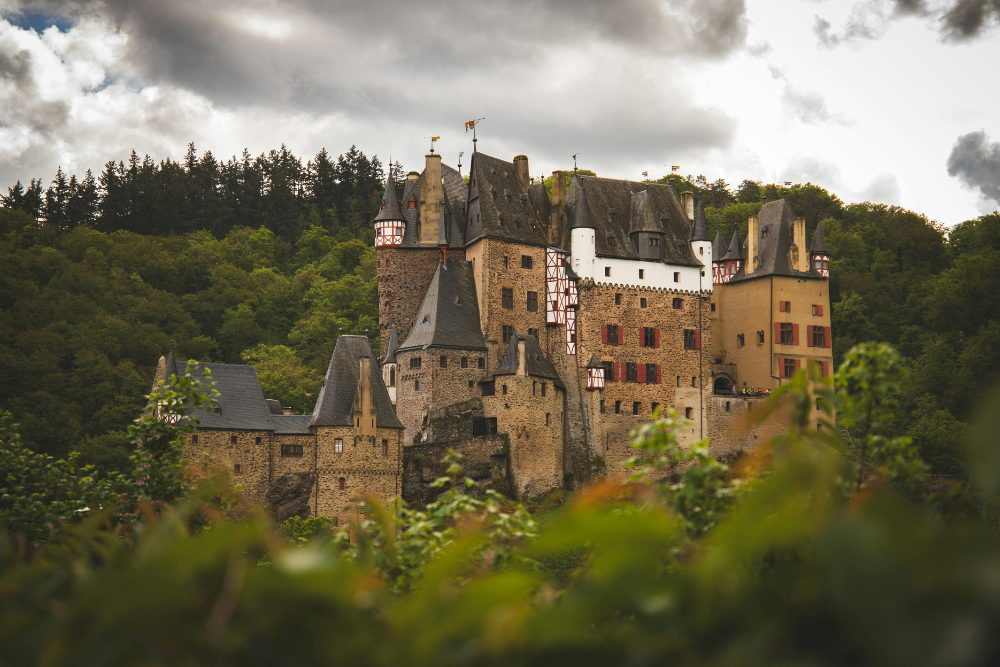
Germany’s castles are more than just architectural wonders; they are windows into the country’s fascinating history. From fairy-tale castles like Neuschwanstein to ancient fortresses like Hohenzollern and Eltz, each castle tells a unique story. Whether you’re a history buff, a nature lover, or simply someone who enjoys exploring beautiful landscapes, these castles provide an unforgettable experience. So, pack your bags and embark on a journey through Germany’s past—one castle at a time!



